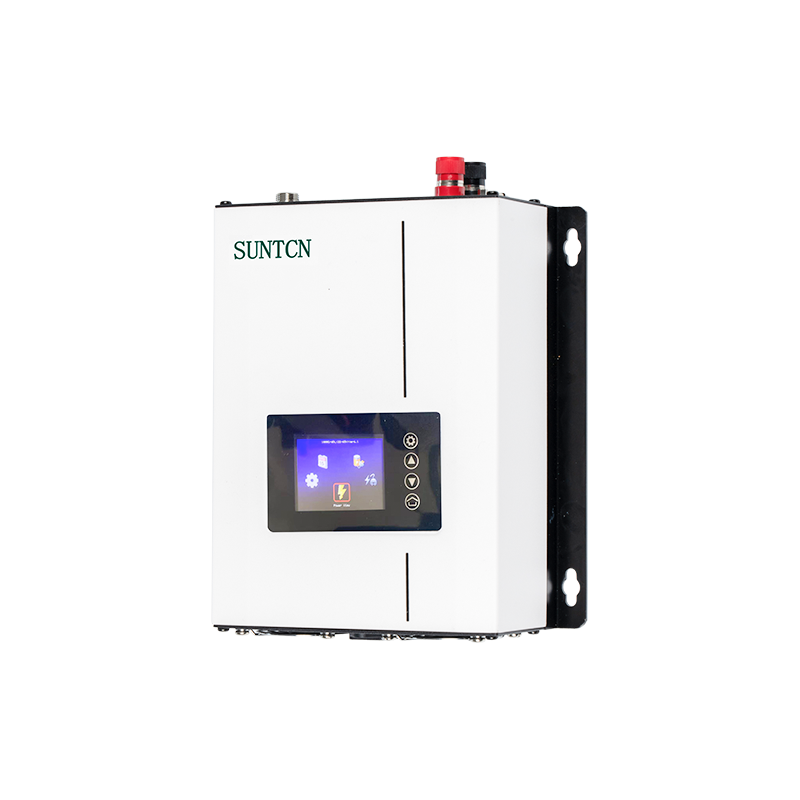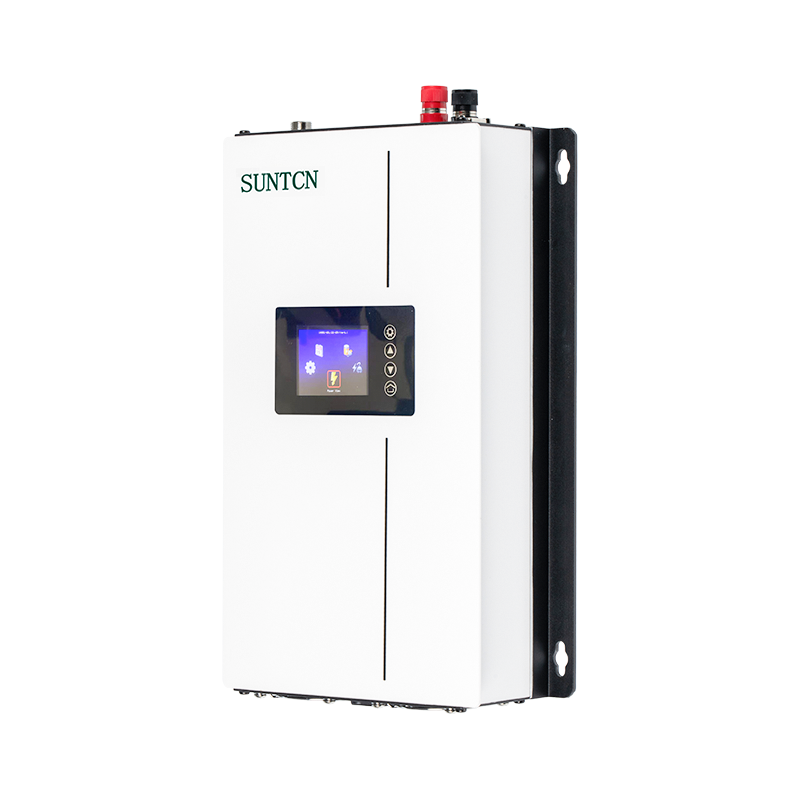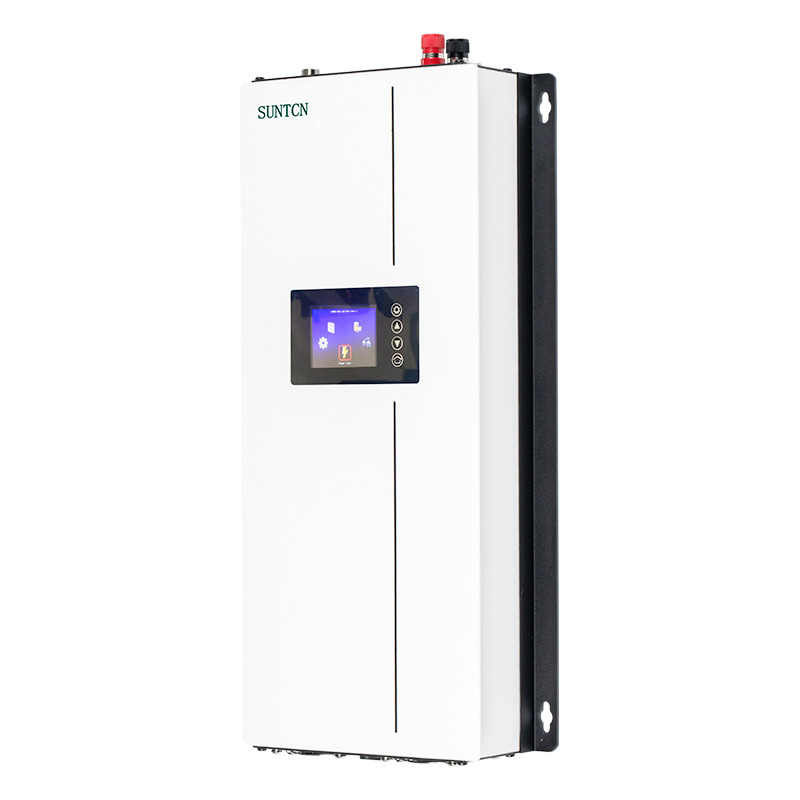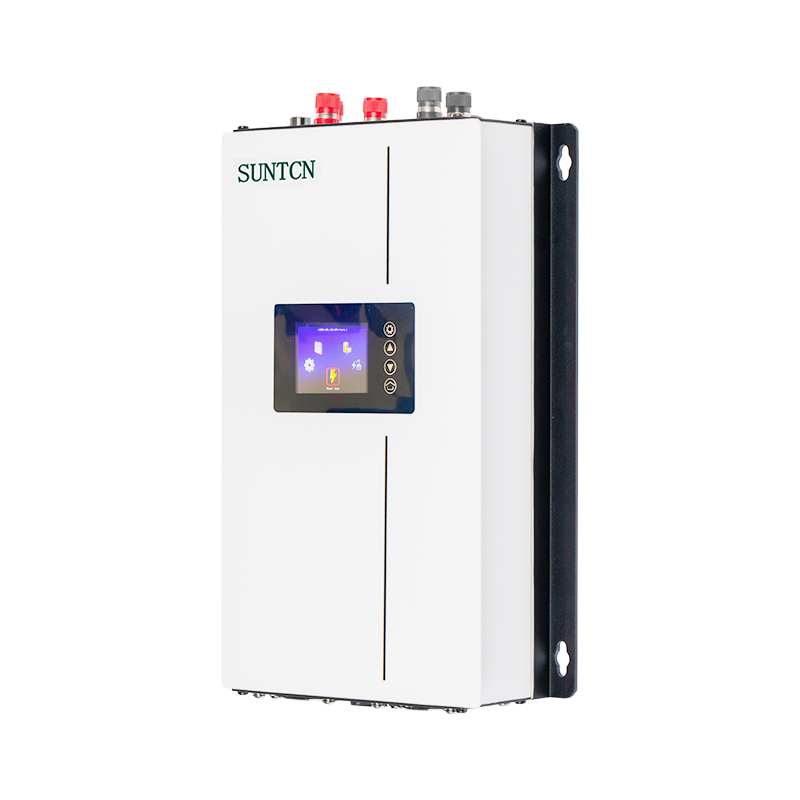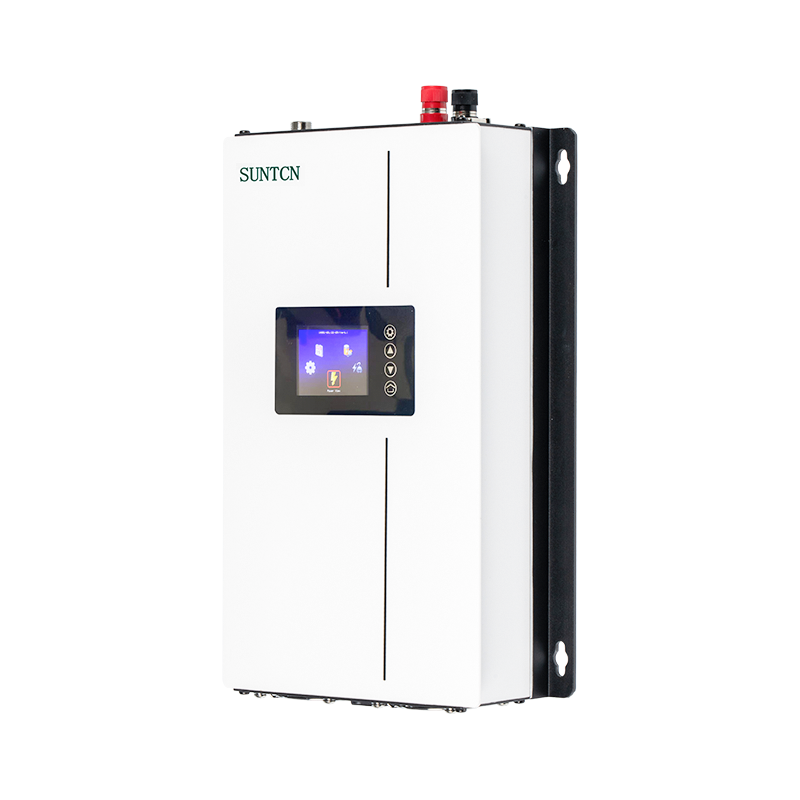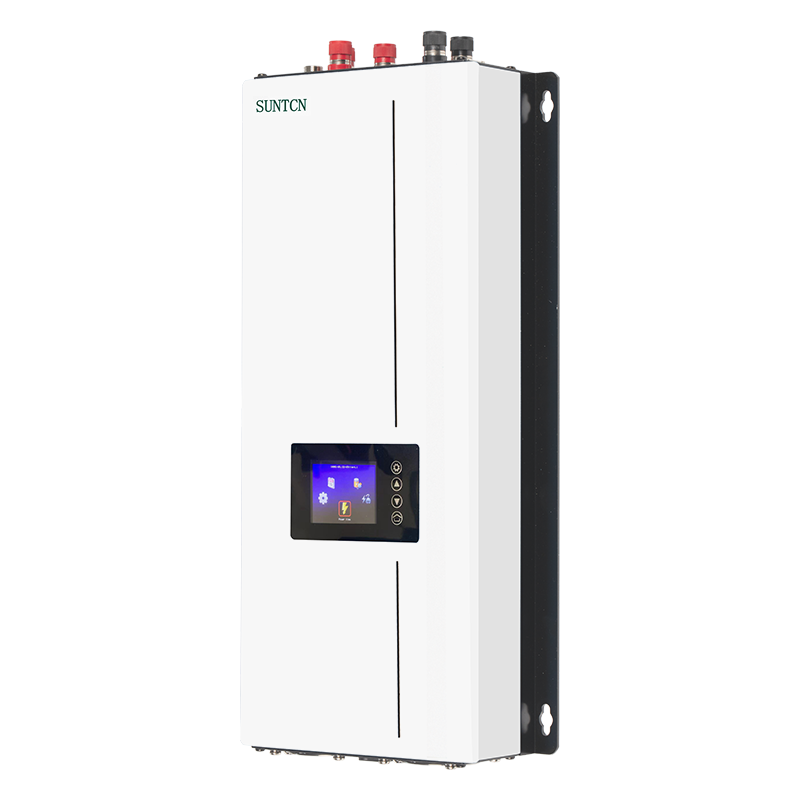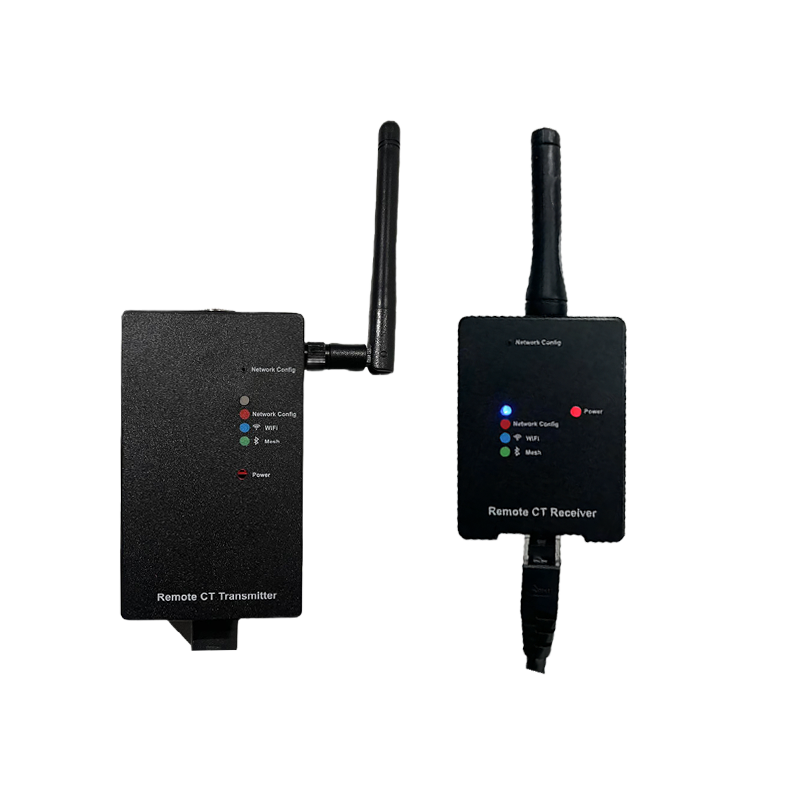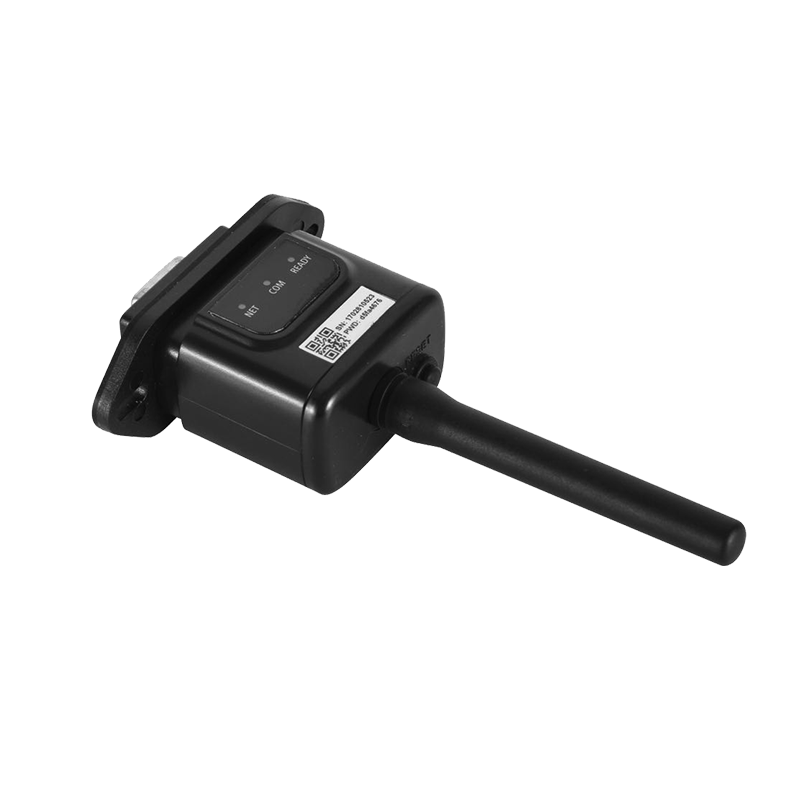The rise of solar energy systems has revolutionized the way we generate and consume electricity. As the demand for renewable energy solutions grows, so does the need for efficient energy storage. One of the key innovations in modern solar energy systems is the integration of hybrid inverters with battery storage systems. These inverters not only manage solar power generation but also help optimize energy use by storing excess power for later use, enhancing energy independence and stability.
Among the various types of hybrid inverters available, the 6.0/8.0kW-T hybrid inverter has gained popularity due to its efficient power handling and versatility. In this article, we will explore how the 6.0/8.0kW-T hybrid inverter integrates with battery storage systems, the benefits of such integration, and the role it plays in modern energy solutions.
1. What is a Hybrid Inverter?
A hybrid inverter is an advanced type of inverter that serves two primary functions: it converts DC (direct current) electricity generated by solar panels into AC (alternating current) electricity for use in homes or businesses, and it also manages energy storage. Hybrid inverters allow for the integration of a battery storage system in the overall solar setup, which enables the system to store excess energy for use during periods when solar generation is insufficient (e.g., at night or during cloudy days).
- A standard solar inverter typically only converts DC to AC and sends the excess energy back to the grid.
- A hybrid inverter not only performs the conversion but also controls the charge and discharge cycles of the battery, allowing for a more efficient and sustainable use of solar energy.
The 6.0/8.0kW-T hybrid inverter is designed to manage both large solar energy inputs and energy storage systems, providing flexible solutions for residential, commercial, and even industrial applications.
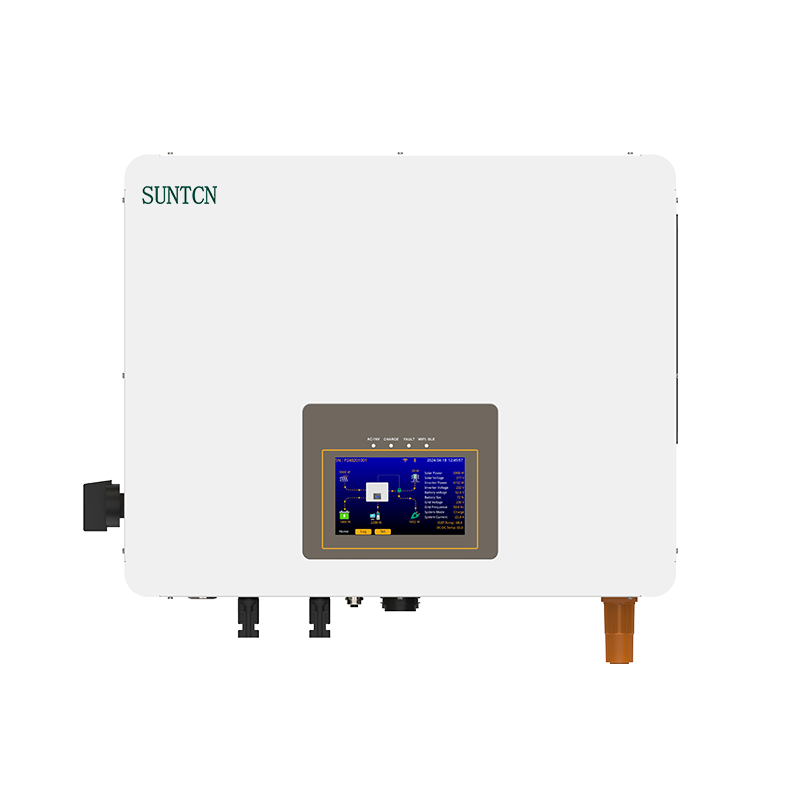
2. How Does the 6.0/8.0kW-T Hybrid Inverter Work with Battery Storage Systems?
The 6.0/8.0kW-T hybrid inverter integrates with battery storage systems through a smart energy management system. The hybrid inverter acts as the central hub of the solar power system, coordinating the flow of energy between the solar panels, the inverter, the battery storage, and the grid. The process can be broken down into the following steps:
2.1 Energy Generation
Solar panels generate DC electricity when exposed to sunlight. The 6.0/8.0kW-T hybrid inverter converts this DC electricity into AC electricity that is then used to power the appliances and devices in your home or business. At this point, the inverter also measures the total energy consumption and compares it with the energy generated by the solar panels.
2.2 Storing Excess Energy
If the energy generated by the solar panels exceeds the immediate demand for electricity (i.e., during the daytime or on sunny days), the excess energy needs to be stored for later use. The hybrid inverter detects the surplus energy and directs it to the battery storage system. The battery stores the energy in the form of DC electricity, which can later be converted to AC when needed.
- The 6.0/8.0kW-T hybrid inverter efficiently manages the flow of this surplus energy, ensuring that it is directed to the battery, preventing wastage and the use of solar energy.
- The inverter also ensures that the battery is charged safely by controlling the charging voltage and current, thus protecting the battery’s lifespan.
2.3 Drawing Power from the Battery
During periods when solar generation is low or when demand exceeds the solar energy being produced (e.g., at night or on cloudy days), the inverter can discharge the stored energy from the battery into the home’s electrical system.
- The 6.0/8.0kW-T hybrid inverter seamlessly switches from solar power to battery power, ensuring a continuous supply of electricity without relying on the grid.
- The inverter converts the stored DC energy from the battery into AC electricity, which is then used to power the home or business.
2.4 Smart Energy Management
The 6.0/8.0kW-T hybrid inverter comes equipped with advanced energy management systems that allow it to prioritize energy sources based on various factors, such as time of day, grid prices, and energy demand. Some key functions include:
- Peak shaving: The inverter can store excess energy when demand is low and then discharge it during peak times, helping to reduce electricity costs and prevent overloading the grid.
- Self-consumption optimization: The inverter can optimize self-consumption by prioritizing the use of solar energy and stored energy, reducing reliance on grid power and enhancing energy independence.
- Grid interaction: In some configurations, the inverter can also send excess energy back to the grid, earning credits or reducing energy bills.
2.5 Grid Connection and Backup Power
In some cases, the 6.0/8.0kW-T hybrid inverter can also be connected to the grid, providing additional flexibility. If the battery is drained or if more power is needed than the battery can supply, the inverter can pull electricity from the grid to meet the demand. This is particularly useful in off-grid or hybrid systems, where the inverter provides backup power during grid outages or other emergencies.
- Off-grid systems: The inverter can operate independently of the grid, relying solely on solar energy and stored power.
- Grid-tied systems: The inverter can switch between battery, solar, and grid power to ensure energy usage and efficiency.
3. Benefits of Integrating the 6.0/8.0kW-T Hybrid Inverter with Battery Storage
The integration of a 6.0/8.0kW-T hybrid inverter with a battery storage system provides several key benefits for residential and commercial solar energy users:
3.1 Maximized Solar Energy Utilization
By storing excess solar energy during the day, the hybrid inverter ensures that users can continue to use solar power when the sun is not shining. This maximizes the use of renewable energy and minimizes reliance on grid power, making the system more environmentally friendly.
3.2 Energy Independence and Reliability
One of the primary advantages of integrating battery storage with a hybrid inverter is the increased energy independence it provides. During power outages or in areas with unreliable grid access, the system can continue to supply power to the home or business using stored energy, ensuring continuous electricity supply.
3.3 Lower Energy Bills
The 6.0/8.0kW-T hybrid inverter allows homeowners and businesses to store surplus solar energy and use it during peak pricing times when electricity from the grid is more expensive. This self-consumption model can significantly reduce energy costs by minimizing grid dependency.
3.4 Improved System Efficiency
The hybrid inverter efficiently manages the flow of electricity, reducing losses during energy conversion and transmission. It optimizes energy use, ensuring that stored energy is used when needed, without unnecessary wastage.
3.5 Enhanced Scalability and Flexibility
The 6.0/8.0kW-T hybrid inverter is flexible and scalable, meaning it can easily be integrated into various system configurations, whether it is an off-grid system or grid-tied system. This adaptability makes it a great option for diverse applications, from small homes to large commercial setups.
4. Conclusion
The 6.0/8.0kW-T hybrid inverter plays a crucial role in integrating solar power generation with battery storage systems. By allowing energy to be stored during times of excess and used when needed, it enhances energy efficiency, provides greater energy independence, and reduces reliance on the grid. The smart energy management features of the hybrid inverter enable users to optimize their self-consumption, lower their electricity bills, and ensure continuous, reliable power.
In an era where sustainable energy solutions are becoming increasingly important, the 6.0/8.0kW-T hybrid inverter offers an effective and versatile tool for homeowners, businesses, and industries to harness the full potential of solar power. With its efficient integration with battery storage systems, this technology is helping pave the way for a more sustainable, cost-effective, and resilient energy future.

 English
English Español
Español Deutsch
Deutsch